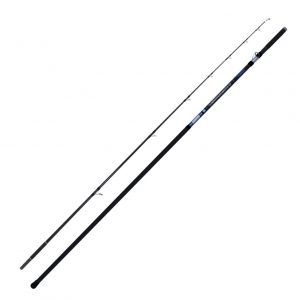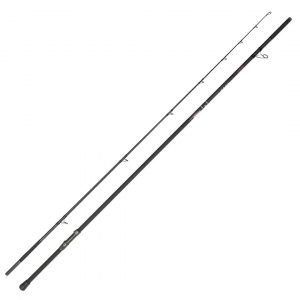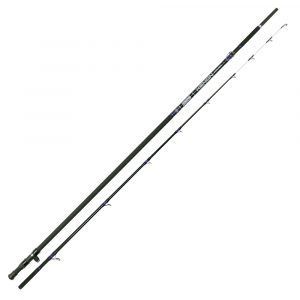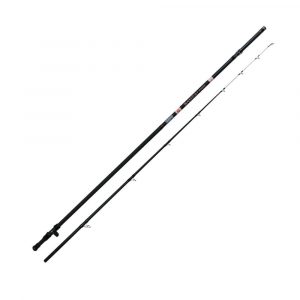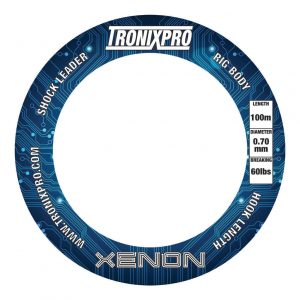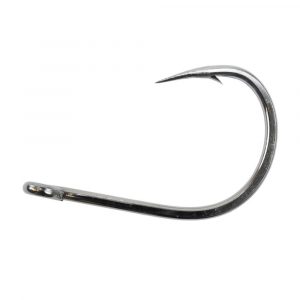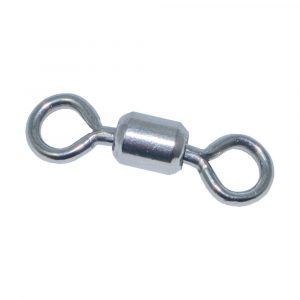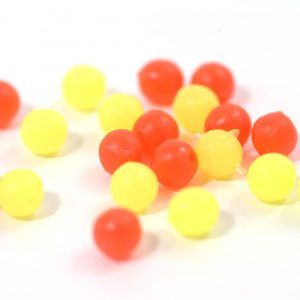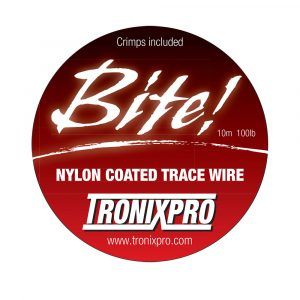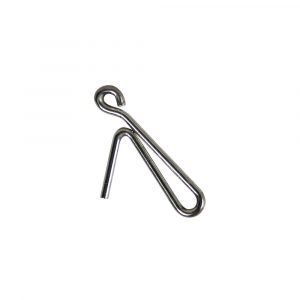A ling caught from the shore is an uncommon catch for most anglers, but there are many things you can do to increase the odds much more in your favour. Any sizeable ling off the shore is also a fish of note, with fish over 10lbs always possible, so they are well worth targeting.
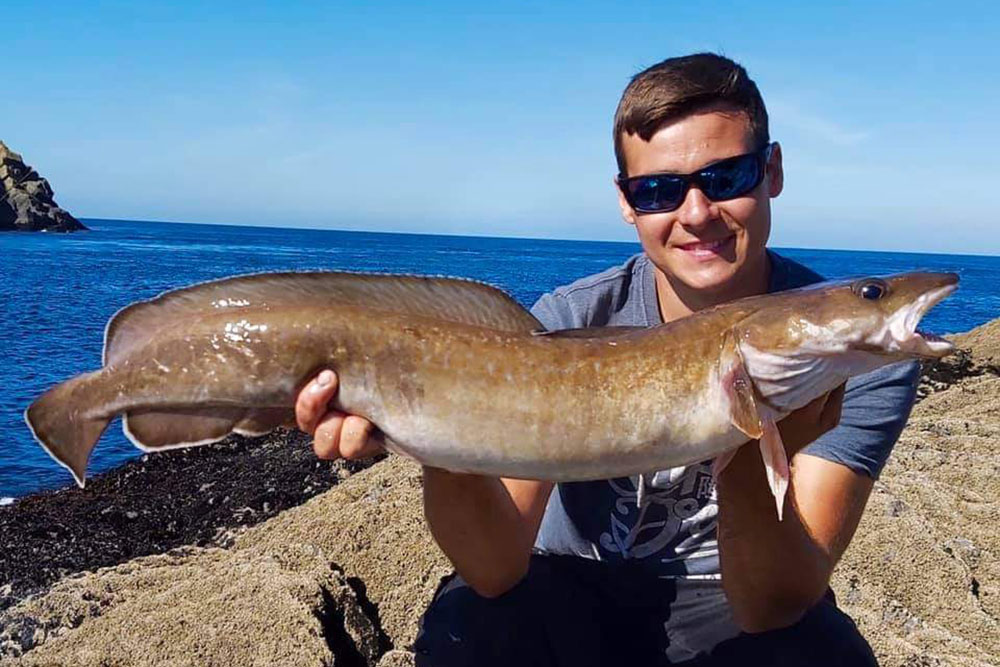
Season
You could argue that ling can be caught throughout the year from the rocks and deeper water man-made structures, especially in Scotland, but the best time is from January to April, with the peak months being mid-January to mid-March. Your chances are lessened from May to September, but the autumn period can produce from deeper venues, and prospects improve as autumn gives way to winter.
Habitat
Ling are lovers of rough ground with a seabed that varies in height. They are predatory hunters that use rocky shelves, rising rock pinnacles, big boulders, rocky gutters, and deeper gullies as cover, sneaking around and through these trying to scare up smaller bait fish such as pout, poor cod, rockling, and other general species.
The consistent catches of ling come from the open rock ledges that give into deeper water. Depth is not critical, but water from 30 to 50 feet will usually see small ling up to 5lbs or so, with the 10lb plus fish more likely to come from water that is more than 50 feet deep, but this is not a given rule, and shallow water can surprise with the odd bigger fish.
Weather and Tides
Safety on the rock ledges dictates when you can fish with the need to choose calmer seas with light swells. However, this is the best time as the smaller species, the ling target, will move closer to shore, especially in shallower water, when the seas are slight. Fishing after a prolonged blow and period of rougher sea will have seen the smaller species move out to deeper water and this reduced food supply will see fewer ling.
The deeper the water, the better your chances in daylight, especially if it's bright and sunny. The dark hours of the night are the most likely to produce. You'll even find your chances are highest when an overcast day with low light precedes dusk. The overcast skies keep the ling closer to shore.
Ling like some flow in the tide, so expect the best fishing to be during the middle hours of the flood. The second hour of the new flood can be particularly good. Ebbing tides can also produce but generally give less fish than flood tides.
As for the size of tides, small- to middle-sized tides tend to be best in most areas as they provide easier fishing. If you're in an area where the tide flow is lessened, then the bigger spring tides can fish just as well. As is mentioned so often, try to choose a tide that starts to flood in the dark for the best results.
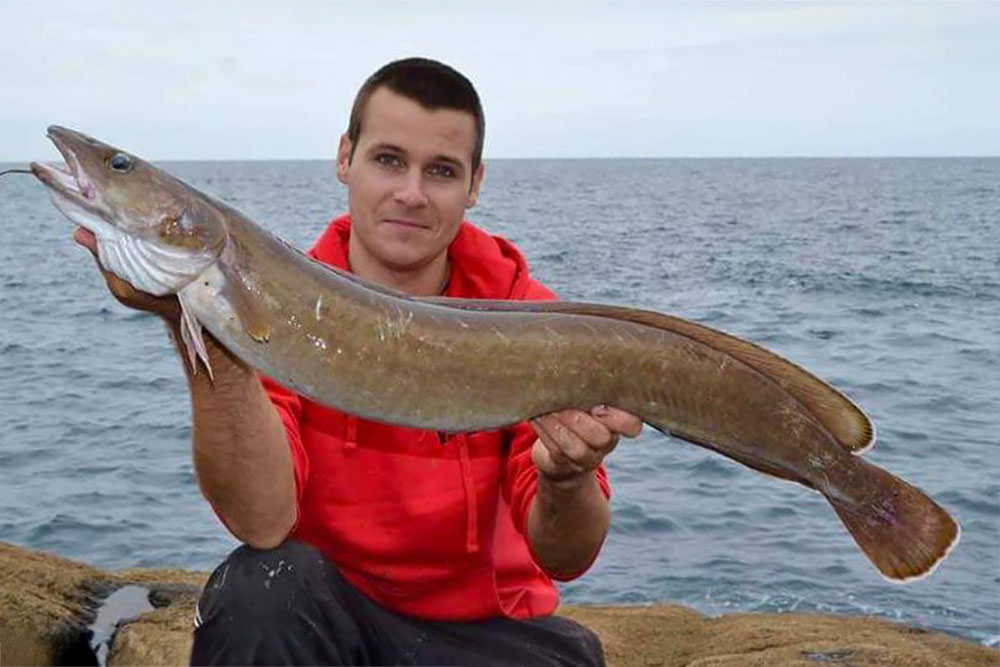
Tackle
Beachcasters rated to cast 5-8ozs or 6-8ozs in lengths around 14ft give the best compromise between power and length for dragging bigger fish through snags and kelp weed beds. Rods such as the Competition Naga, Competition Match GT2, Xenon Power and Banzai Power are perfect. Match these to a multiplier reel that can hold 300 yards of 30lb mono, such as AXIA Mainline and an 80lb Xenon Leader shockleader. Alternatively, an 8000 sized fixed spool loaded with 30lb braid with an 80lb braid shock leader.
Pulley rigs are the best all-round choice. Start with 50 inches of Xenon Leader in 80lb. To one end, tie on a Big Bait Casting Snap, slide on a 5mm bead, a Pulley Rig Bead and another 5mm bead. Measure up from the tag end of mono 22 inches and tie in a figure-of-eight knot. This acts as a stop to restrict the beads and pulley rig bead sliding further up the rig. Add a size 2 SS2 Swivel to the tag end of mono, then crimp 8 inches of 50lb Tronix Bite Wire to the swivel and crimp the hook to the tag end of the wire. Make sure the mono, wire, and hook total length are just a little bit shorter than the 22 inches to the figure-of-eight knot so that the hook will sit correctly in the bait clip. The wire gives a strong biting trace that will resist the sharp teeth of the ling. You can add a crimp, a 3mm bead and a 5mm bead above the hook to act as a bait stop to avoid the bait blowing back up the wire trace due to casting pressure.
The hook choice should be strong, such as the Tronixpro Hooligan in size 6/0. There is little need to fish a 2-hook Pennel system as the ling is a greedy fish that will swallow the whole bait, so one hook is enough.
It's worth adding a rotten bottom to the rig. This is designed to lose the lead should the lead get snagged. Add another Big Bait Casting Snap Link upside down to the Snap Link tied to the rig. To the eye of the inverted snap link, tie on a short 8-inch length of 20lb mono and then tie this to the eye of the lead. For casting, put the eye of the lead onto the upside-down stand-out tag end. This casts safely, but as the lead hits the sea, the weight will fall free and be held only by the weak link of 20lb mono.
One thing worth trying when after ling is a luminous green or yellow lead weight. Ling are attracted to luminescence in the water, which acts as a final visual target for the fish that have followed the scent trail.
Baits
Ling are fish eaters. Stick to mackerel or herring cut into short fillets or body sections about 4 inches long. Baits do not need to be bigger! Pass the hook into and out of the side of the bait stitching style, then bind well with Tronixpro Baitex. Other good baits are bluey and whole squid. You can catch the best baits fresh off the ground you're fishing over, so look to fish a second rod with small hooks and baits to target pouting, rockling, poor cod, small pollack and whiting. Fresh-caught baits like these are deadly for ling. Use these in body sections or with smaller fish as whole baits.
Method
Look for any lobster pots within casting range. The baits in the pots draw in the smaller bait fish, and in turn, these will pull in the ling and other predators. Fishing near these is often a game changer.
Try to fish two rods and cast these at different distances from your fishing station. You're looking to identify the deeper areas which are more likely to hold the ling and the snaggiest areas, as this is exactly where the bigger ling will be. Kelp weed beds are another hotspot that always seems to produce ling, as will a definite vertical wall of rock if you can get a bait to sit at the base of this.
Don't leave your baits out longer than 20 minutes, even big baits. Any tide flow will wash the bait out quickly, and ling may not follow up a weak scent trail. The fresher your bait is, the more likely it will be eaten.
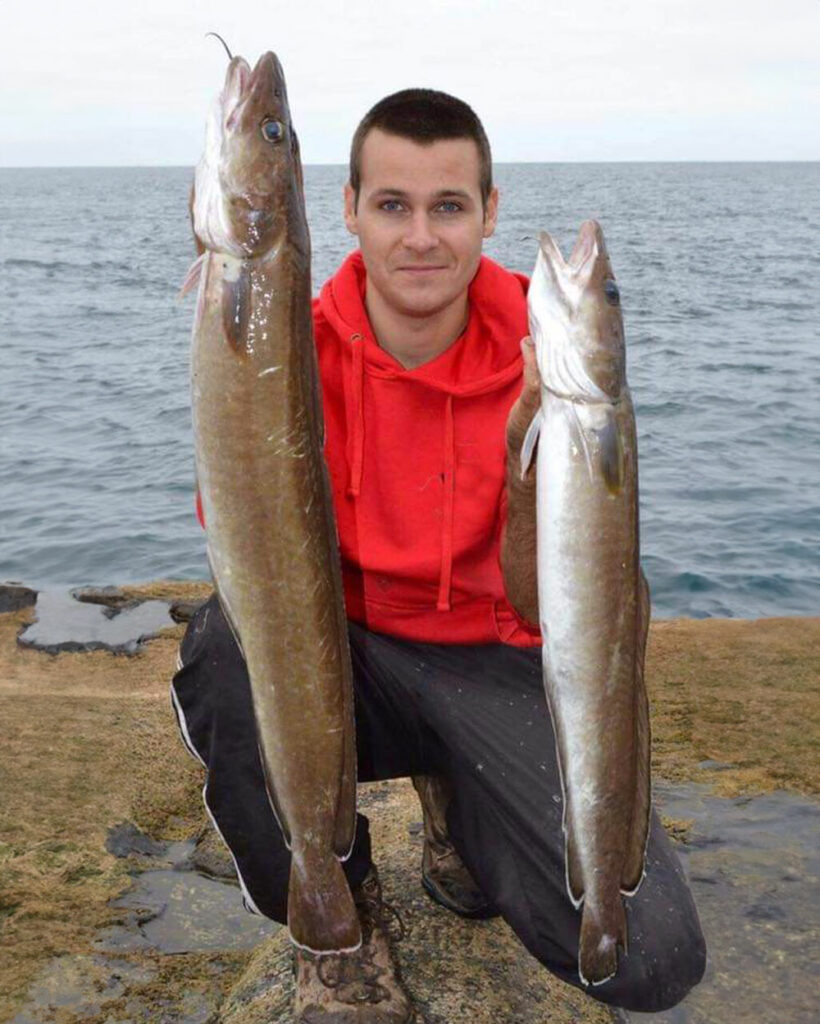
When they take a static bait, Ling bites tend to be a couple of light knocks on the rod tip as the ling turns and gulps in the bait, then a savage pullover of the rod tip. Only strike when the rod tip is pulling over hard. The strike is an initial second or two retrieving line until you feel the weight of the fish, then letting the fish pull the rod into its fighting curve to set the hook. Ling fight by hammering their heads down and trying to get their slim bodies between the snags. When you've hooked what feels like a ling, try to pump it upwards and away from the snags using short, sharp, upward lifts of the rod, retrieving the slack line at the same time. Once more than 25 feet above the seabed, you can ease off, but try and keep them coming towards you all the time. A big ling has the power for a short crash dive.
One last thing to try is adding a couple of 5mm Luminous Green Beads onto the wire trace directly above the hook to add more sight attraction near the bait. This is especially effective if the water is slightly coloured after a recent gale.


